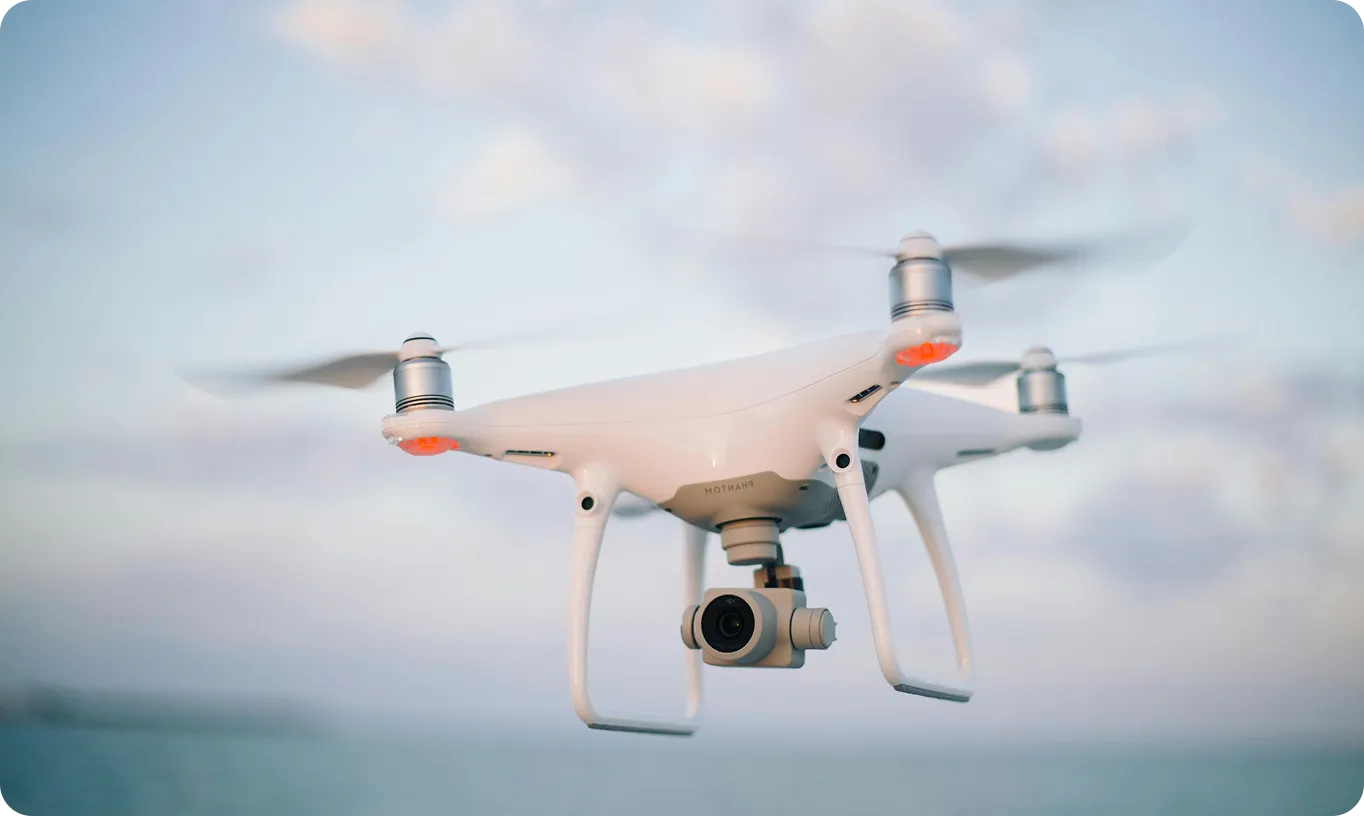Deep Reinforcement Learning (DRL) combines the principles of Reinforcement Learning (RL) with the power of Deep Learning (DL). It enables software agents to learn optimal behaviors within complex, often high-dimensional environments through trial and error. Unlike traditional RL, which might struggle with vast state spaces (like raw pixel data from a camera), DRL utilizes deep neural networks (NNs) to approximate the functions needed for learning, such as the value function (predicting future rewards) or the policy (mapping states to actions). This allows DRL agents to tackle problems previously intractable, learning directly from complex sensory inputs like images or sensor readings.
How Deep Reinforcement Learning Works
At its core, DRL involves an agent interacting with an environment over discrete time steps. The process typically unfolds as follows:
- Observation: The agent observes the current state of the environment. In DRL, this state can be represented by high-dimensional data, such as image pixels processed by a Convolutional Neural Network (CNN).
- Action Selection: Based on the observed state, the agent selects an action using its policy, which is represented by a deep neural network.
- Interaction: The agent performs the chosen action, leading the environment to transition to a new state.
- Feedback (Reward): The environment provides a scalar reward signal, indicating how good or bad the action was in the previous state.
- Learning: The agent uses the reward signal and the state transition to update its neural network (policy or value function) via algorithms like backpropagation and gradient descent. The goal is to adjust the network's weights to maximize the cumulative future reward over time. This learning loop repeats, allowing the agent to progressively improve its decision-making strategy.
Key Concepts In DRL
Understanding DRL involves familiarity with several core ideas from Reinforcement Learning, now scaled up using deep learning techniques:
- Agent: The algorithm or model learning to make decisions.
- Environment: The world or system the agent interacts with (e.g., a game simulation, a physical robot's surroundings). Standardized environments for research are often provided by toolkits like Gymnasium (formerly OpenAI Gym).
- State: A representation of the environment at a specific point in time. DRL excels at handling states represented by large amounts of data, like images or sensor arrays.
- Action: A decision made by the agent that influences the environment.
- Reward: Numerical feedback from the environment indicating the immediate desirability of an action taken in a state.
- Policy: The agent's strategy, mapping states to actions. In DRL, this is typically a deep neural network.
- Value Function: Estimates the expected long-term cumulative reward from a given state or state-action pair. This is also often represented by a deep neural network.
- Exploration vs. Exploitation: A fundamental trade-off where the agent must balance trying new actions to discover better strategies (exploration) versus sticking with known good actions (exploitation).
DRL Versus Other Machine Learning Paradigms
DRL differs significantly from other primary Machine Learning (ML) approaches:
- Supervised Learning: Learns from a dataset containing labeled examples (input-output pairs). Tasks like image classification or object detection using models like Ultralytics YOLO fall under this category. DRL, in contrast, learns from reward signals without explicit correct answers for each state.
- Unsupervised Learning: Learns patterns and structures from unlabeled data (e.g., clustering). DRL focuses on learning goal-oriented behavior through interaction and feedback.
- Reinforcement Learning (RL): DRL is a specific type of RL that employs deep neural networks. Traditional RL often uses simpler representations like tables (Q-tables) which are infeasible for problems with very large or continuous state spaces where DRL shines.
Real-World Applications
DRL has driven breakthroughs in various complex domains:
- Robotics: Training robots to perform intricate tasks like object manipulation, locomotion, and assembly, often learning directly from camera inputs or sensor data. This is explored in resources like AI's Role in Robotics.
- Game Playing: Achieving superhuman performance in complex games, such as Go (DeepMind's AlphaGo) and various video games (OpenAI Five for Dota 2).
- Autonomous Vehicles: Developing sophisticated control policies for navigation, path planning, and decision-making in dynamic traffic scenarios, as discussed in AI in self-driving cars.
- Resource Optimization: Managing complex systems like energy grids (AI in renewable energy), traffic signal control (AI in traffic management), and chemical reaction optimization.
- Recommendation Systems: Optimizing sequences of recommendations to maximize long-term user engagement or satisfaction.
- Healthcare: Discovering optimal treatment policies or drug dosages based on patient states and outcomes, contributing to areas like AI in healthcare.
Relevance In The AI Ecosystem
Deep Reinforcement Learning represents a significant area of Artificial Intelligence (AI) research, pushing the boundaries of machine autonomy and decision-making. While companies like Ultralytics focus primarily on state-of-the-art vision models like Ultralytics YOLO for tasks such as object detection and image segmentation using supervised learning, the outputs of such perception systems are often crucial inputs for DRL agents. For example, a robot might use an Ultralytics YOLO model deployed via Ultralytics HUB to perceive its environment (state representation) before a DRL policy decides the next action. Understanding DRL provides context for how advanced perception fits into broader autonomous systems and complex control problems addressed by the AI community using toolkits like Gymnasium and frameworks such as PyTorch (PyTorch homepage) and TensorFlow (TensorFlow homepage). Research organizations like DeepMind and academic bodies like the Association for the Advancement of Artificial Intelligence (AAAI) continue to drive progress in this exciting field.









